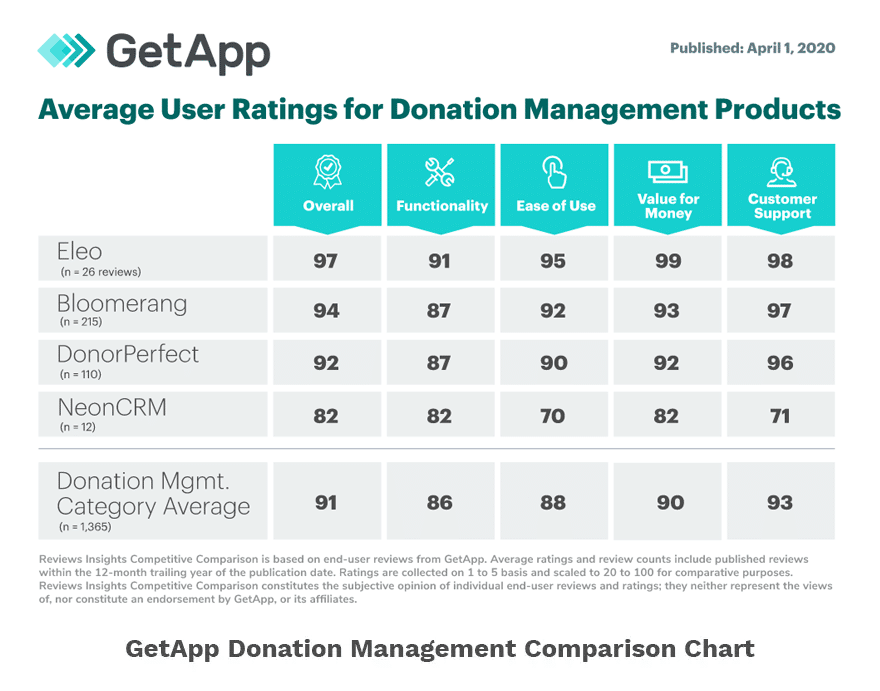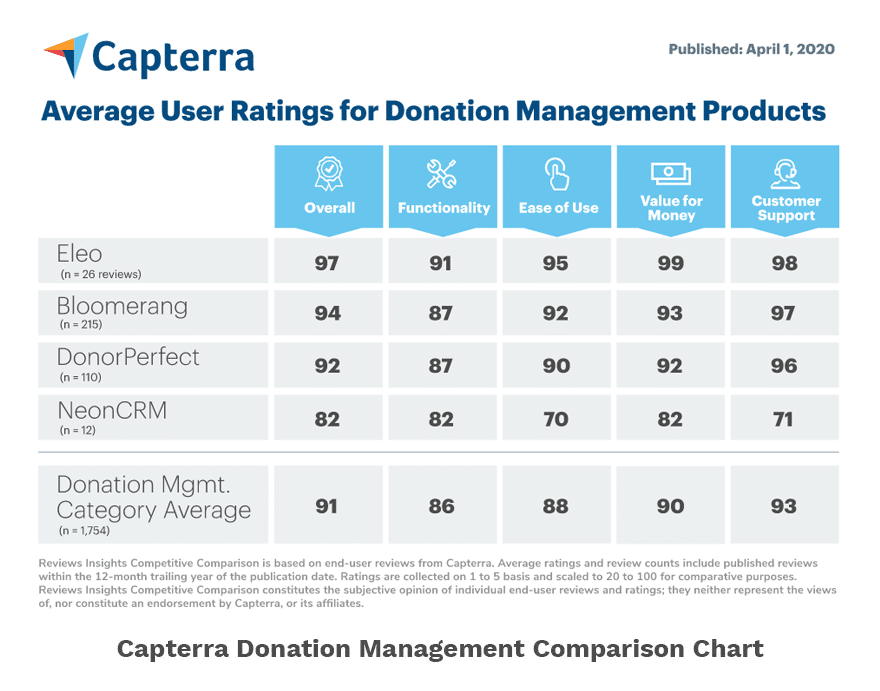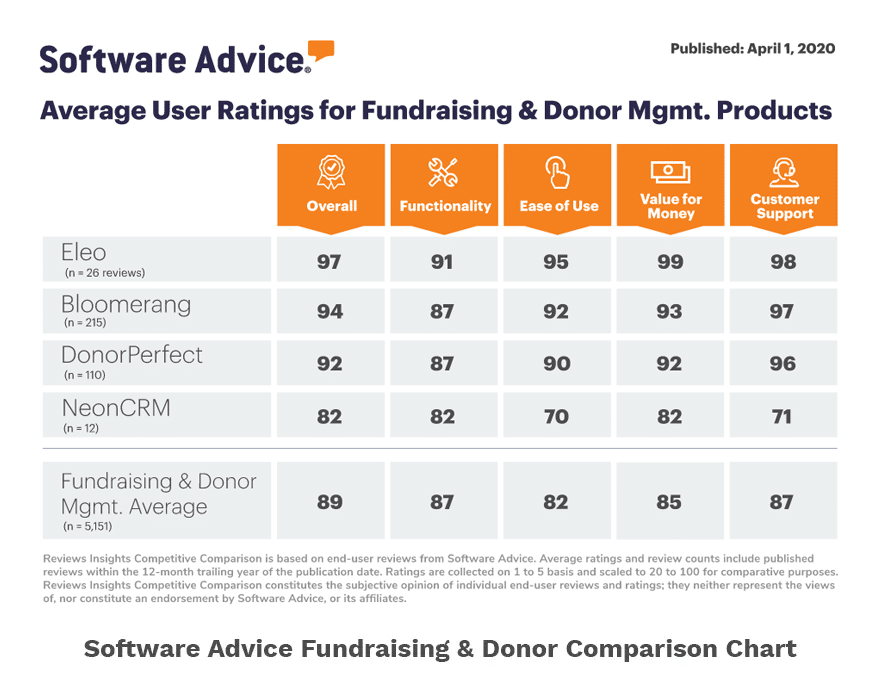
Is your nonprofit applying best practices to your appeal letters? Are you sure?
You might just find that your strategy is based more on outdated or inaccurate assumptions rather than methods that have been proven to deliver the highest return on investment. Take our simple five-question quiz, based on Tom Ahern’s Donor Communications Test, to find out if you’re on the right track.
QUESTION 1
True or False: Direct mail is on its way out.
CLICK FOR ANSWER
ANSWER: False. With a capital “F”.
So-called experts have predicted the death of direct mail and print in general since the mid-1990s. Who needs paper when you can communicate digitally? Well, nonprofits and donors do, thank you very much.
Direct mail:
- Is the most effective method for attracting new donors
- Is the most popular way to ask current donors to keep giving.
- Drives more online giving than email, social media or any online platform.
While email and social media should certainly be part of the fundraising equation, it’s a lot easier to stand out in the physical mailbox than an email inbox or a Facebook news feed. Also, check your donor management software for communication preferences. Baby boomers, who give more than any other generation by far, tend to prefer a printed appeal letter.
And when it comes right down to it, who doesn’t love getting a letter in the mail?
QUESTION 2
What is the ideal length for an appeal letter?
- One Page
- Two Pages
- Four Pages
CLICK FOR ANSWER
ANSWER: Any of the above, as long as your story is well-written and your appeal letter is professionally designed.
You thought for sure that the answer is “A”, right? That’s the typical assumption. Cram everything into one page because people won’t read beyond that. But an appeal letter is not a resume.
The quality of the writing, the strength and authenticity of your story, and the “readability” of your design (bold headlines, formatting that’s easy to skim, everyday language, etc.) are far more important than length. In fact, studies have shown that longer letters perform better than shorter letters.
To be clear, a poorly written, poorly designed four-page letter is no better than a poorly written, poorly designed one-page letter. But if you tell an engaging story that makes a connection with the donor, they’ll stay with you until the end.
QUESTION 3
What is the ideal reading level for an appeal letter?
- 6th Grade
- 9th Grade
- 12th Grade
CLICK FOR ANSWER
ANSWER: 6th Grade
Many people shudder when they see this. They’re afraid of insulting donors by talking down to them. However, the more important objective is to speak clearly. This is critical to making your appeal letter more readable.
Marketing and advertising legend David Ogilvy famously said, “Write the way you talk. Naturally.” Most conversations involve short, simple sentences and small words. Research has shown repeatedly that content written at a lower reading level performs better. This is why everything from website content and technical manuals to novels and newspaper articles are written in everyday language that’s easy to understand.
QUESTION 4
How many times can you appeal to donors for gifts over the course of a year before it becomes too much?
- 3
- 12
- 21
CLICK FOR ANSWER
ANSWER: 21
Do you constantly worry about driving donors away because you ask for gifts too frequently? If your nonprofit is like most, that’s not the problem. You’re probably not asking enough. According to the Ahern article, one fundraiser did a test and found that gifts didn’t taper off until the nonprofit sent 21 solicitations.
Keep in mind that people need to see an appeal many times before they actually notice it, remember it, and take action. Also, there are a number of different ways to make direct and indirect appeals – through appeal letters, emails, event invitations, social media posts, etc. You can even subtly ask for a gift in your thank you letter by including a reply coupon and return envelope.
The point here is not that every nonprofit should send 21 appeals per year. But you should make sure you’re appealing to donors frequently enough before you worry about overdoing it. And the best remedy for complaints about too many appeals is choice. Send first-time donors a survey so they can tell you how often they want to hear from you and through which channels. They can always opt out of certain communications.
QUESTION 5
Who should be the hero of your appeal letter?
- Your nonprofit
- The people you’re helping
- The donor
CLICK FOR ANSWER
ANSWER: The donor
This applies to all fundraising communications, including your appeal letters. Focus on the donor – how the donor’s gift will make a difference, who will benefit from the gift, and how much you appreciate the donor’s support. Make the donor part of your story and the donor will be much more interested.
How did you do? Did you ace the quiz? Please share this article with others in your nonprofit to make sure you’re applying best practices your appeal letters!





